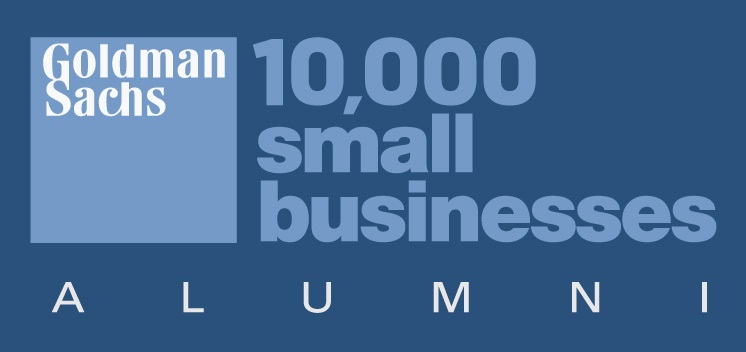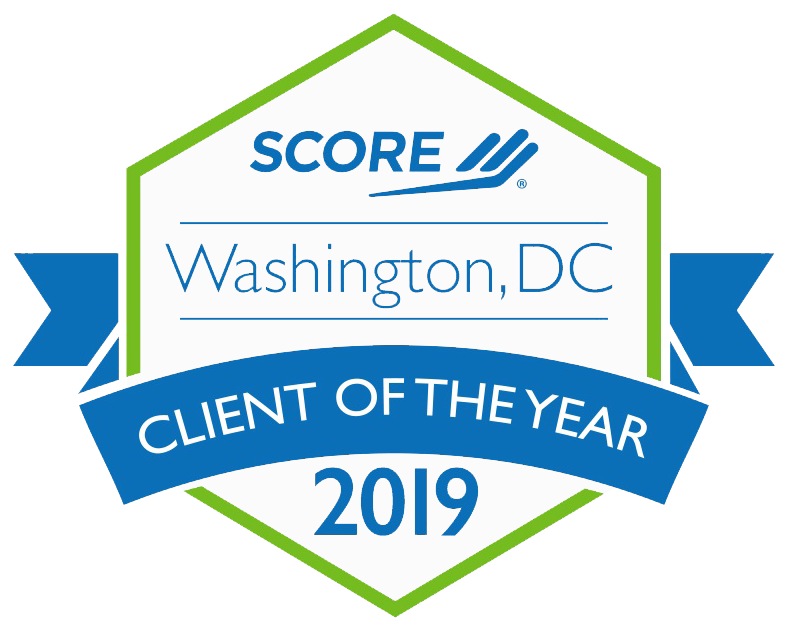The Power of Routine in Stress Management
As the summer days slowly fade away and the scent of freshly sharpened pencils fills the air, it’s evident that back-to-school season is upon us. In the midst of this annual change, one invaluable tool stands out as a beacon of support: routine.
In the fast-paced world of non-profit organizations, the pursuit of a noble cause often comes hand in hand with its fair share of stress and challenges. As dedicated individuals work tirelessly to make a positive impact on society, the demands and pressures can take a toll. However, there is a simple yet remarkably effective tool that can help alleviate this stress: routine. The power of routine in stress management and establishing consistent practices can lead to a healthier, more productive, and resilient workforce.
- The Stability of Structure
One of the greatest benefits of incorporating routines into daily lives is the sense of stability. Amidst the ever-changing landscape of challenges and tasks, having a routine provides a stable anchor. Knowing what to expect and having a structured plan for the day can reduce the uncertainty that often accompanies the non-profit environment. This stability can help better manage stress levels and foster a sense of control over work.
- Enhanced Time Management
Non-profit professionals often juggle multiple responsibilities, projects, and deadlines. Implementing a routine helps optimize time management by allocating specific time slots for various tasks. This prevents the overwhelm that can arise from feeling pulled in multiple directions simultaneously. With routine-based time management, employees can prioritize tasks, allocate sufficient time for each, and reduce the likelihood of burnout.
- Improved Work-Life Balance
Striking a healthy balance between work and personal life is crucial for well-being, and routines play a vital role in achieving this balance. By establishing set working hours and allocating time for self-care, relaxation, and family, the trap of working around the clock can be avoided. Boundaries set by routines enable professionals to disconnect from work when needed, which in turn prevents burnout and helps maintain a sustainable level of commitment to their cause.
- Building Resilience
Non-profit work can be emotionally demanding, and encountering setbacks and challenges is inevitable. Routines help build resilience by providing a sense of normalcy in times of crisis. When faced with adversity, individuals with established routines have a familiar structure to fall back on, which can help mitigate the impact of stressors and aid in their ability to cope effectively.
- Prioritizing Self-Care
In the relentless pursuit of a better world, non-profit professionals often neglect their own well-being. Routines can act as a reminder to prioritize self-care. Whether it’s dedicating time to exercise, meditation, or hobbies, routines ensure that self-care becomes an integral part of daily life. By nurturing their physical and mental health, employees can better manage stress and remain effective advocates for their cause.
- Fostering Team Cohesion
Non-profit organizations are built upon collaboration and teamwork. Implementing routines can contribute to the sense of camaraderie among team members. Regular meetings, check-ins, and shared routines can facilitate effective communication, foster a sense of unity, and provide a platform for collective problem-solving. This supportive environment can significantly reduce individual stress levels.
In the demanding world of non-profit work, the power of routine should not be underestimated. By introducing stability, improving time management, enhancing work-life balance, building resilience, prioritizing self-care, and fostering team cohesion, routines can become an invaluable tool for stress management. As non-profit organizations strive to create positive change in the world, nurturing the well-being of their workforce through the establishment of routines is a simple yet impactful way to ensure sustainability, effectiveness, and lasting impact.





